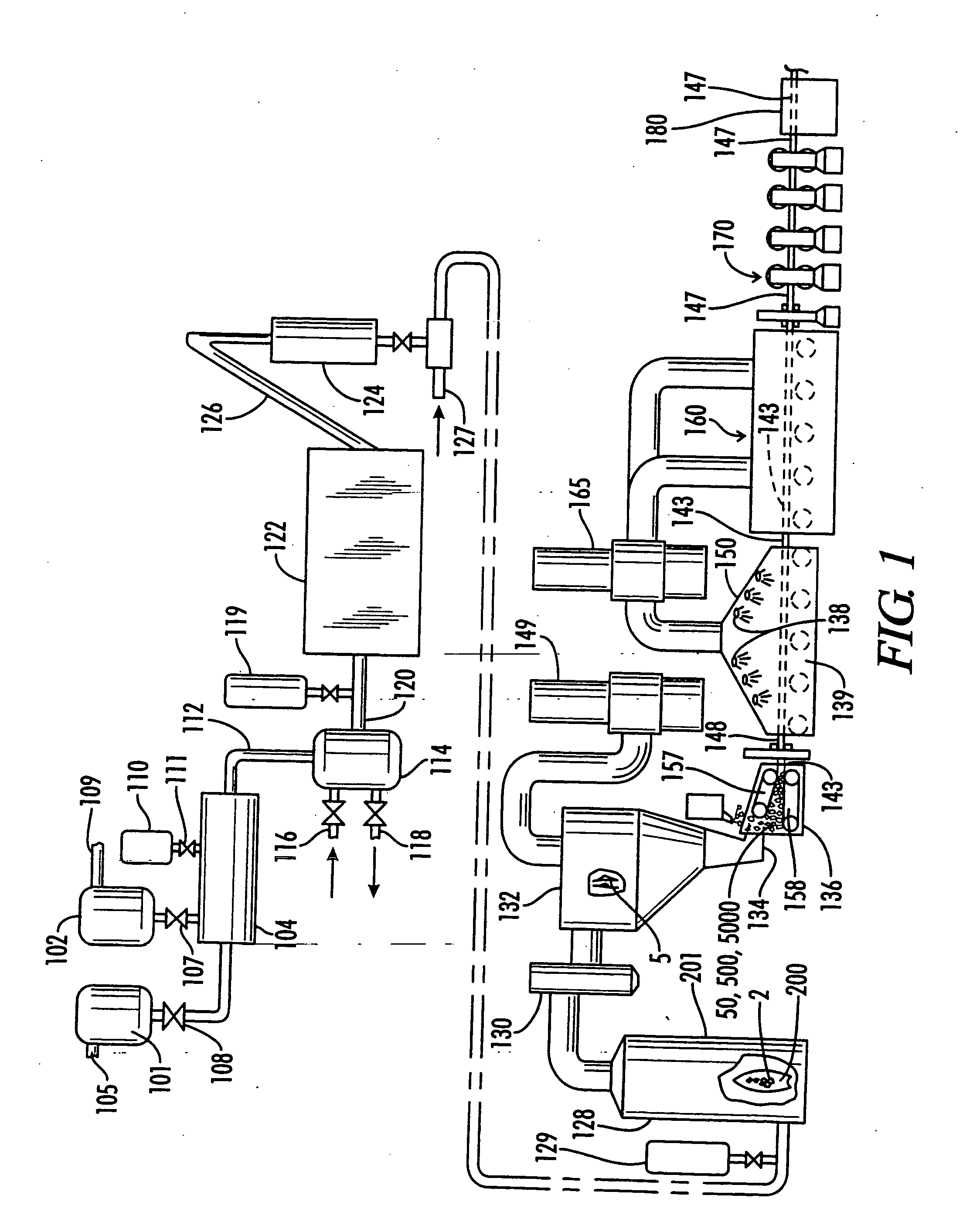Heat spreader for emissive display device
a technology of emissive display device and heat spreader, which is applied in the direction of electrical apparatus casing/cabinet/drawer, semiconductor/solid-state device details, identification means, etc., can solve the problems of large voltages for activation becoming more susceptible to thermal deterioration, difficult heat conduction in parallel directions to the panel face, and difficult to achieve heat conduction in parallel directions. , to achieve the effect of reducing the risk of heat loss, good thermal contact and sufficient volum
- Summary
- Abstract
- Description
- Claims
- Application Information
AI Technical Summary
Benefits of technology
Problems solved by technology
Method used
Image
Examples
Embodiment Construction
[0027] Graphite is a crystalline form of carbon comprising atoms covalently bonded in flat layered planes with weaker bonds between the planes. In obtaining source materials such as the above flexible sheets of graphite, particles of graphite, such as natural graphite flake, are typically treated with an intercalant of, e.g. a solution of sulfuric and nitric acid, where the crystal structure of the graphite reacts to form a compound of graphite and the intercalant. The treated particles of graphite are hereafter referred to as “particles of intercalated graphite.” Upon exposure to high temperature, the intercalant within the graphite decomposes and volatilizes, causing the particles of intercalated graphite to expand in dimension as much as about 80 or more times its original volume in an accordion-like fashion in the “c” direction, i.e. in the direction perpendicular to the crystalline planes of the graphite. The expanded (otherwise referred to as exfoliated) graphite particles are...
PUM
| Property | Measurement | Unit |
|---|---|---|
| density | aaaaa | aaaaa |
| degree of graphitization | aaaaa | aaaaa |
| weight percent | aaaaa | aaaaa |
Abstract
Description
Claims
Application Information
 Login to View More
Login to View More - R&D
- Intellectual Property
- Life Sciences
- Materials
- Tech Scout
- Unparalleled Data Quality
- Higher Quality Content
- 60% Fewer Hallucinations
Browse by: Latest US Patents, China's latest patents, Technical Efficacy Thesaurus, Application Domain, Technology Topic, Popular Technical Reports.
© 2025 PatSnap. All rights reserved.Legal|Privacy policy|Modern Slavery Act Transparency Statement|Sitemap|About US| Contact US: help@patsnap.com


